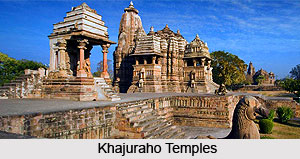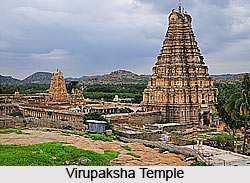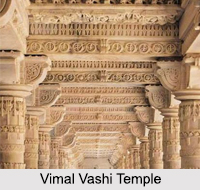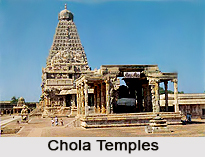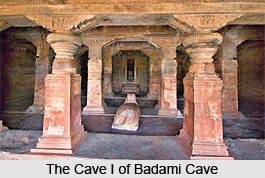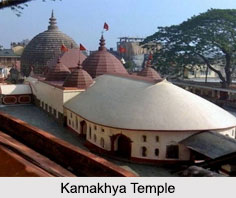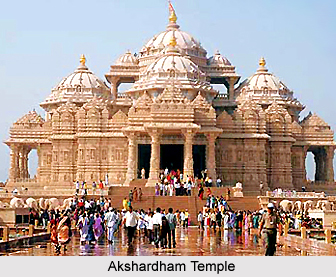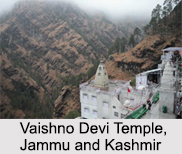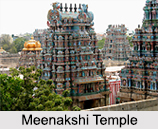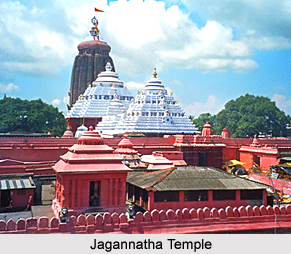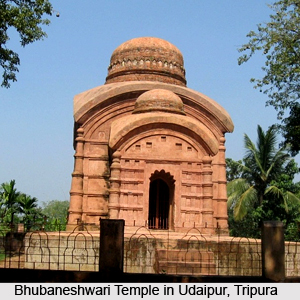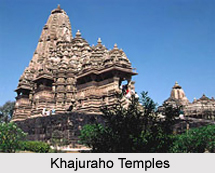The inscriptions engraved on the Temple walls are the evidence of the legendry greatness of Sri Jagannatha Perumal temple. The inscription not only provides information of the chronological significance of the temple and the historical stories associated with it. Moreover the inscriptions also exemplify the socio-cultural life of the people of the contemporary period. Also the inscriptions provide information about the creator and benefactors of the temple. The Pilgrims to this temple will notice a number of inscriptions etched neatly on the walls of the shrines in the temple-complex. These historical epigraphs composed in Tamil and inscribed in the ancient Tamil script belong to the Chola and Vijayanagara times. They evidently speak of the gift of land, houses and lamps, which are made to the shrine of Jagannatha Perumal. The most ancient of these inscriptions belongs to the 12th century A.D. and is dated in the 16th regnal year of Kulottunga Chola III who ruled from 1178 to 1216A.D. This inscription records the reference of the gift of land to the shrine of Tirumazhisai Azhvar.
Apart from the above-mentioned inscriptions, many epigraphs of a chieftain named Vijaya Gandagopala who used to rule in 1250 A.D. are also seen in this temple. This ruler has mentioned himself as "Lord of Kanchi" in his inscriptions. He made numerous benefactions to various temples and the Tirumazhisai temple was no exception to this practice. The gifts to the Tirumazhisai temple were made through Gandagopala`s subordinates in charge of this area. There is also one epigraph of the courageous chieftain, Kopperunjinga who became very powerful in the 13th century A.D. in the Tamil country. Hence the inscription depicts the comprehensive list of the benefactors and their valuable contribution.
In the later part of the 13Ih century A.D., Tamil Nadu came under the control of the mighty Vijayanagara empire. The inscriptions as well as the structural design of the Jagannatha Perumal temple in that period clearly point to the influence of the Vijaynagra tradition. The earliest Vijayanagara records in this temple are those of Harihara II (1377-1404 A.D.) and approximately four inscriptions datable to his reign are found here. There are also some epigraphs of Virupaksha II (1465-1472 A.D.) which are etched on the walls of this temple.
In Tirumazhisai, near the Jagannatha Perumal temple is another shrine. This shrine is for the Lord Vishnu dedicated to Veetrirunda Perumal. Although architecturally not very ancient, there is a myth associated with this temple as the inscriptions described. In this shrine the image is believed to be a svayambhu (self-manifested). The image in the garbha-griha is similar to the one of Jagannatha Perumal.
Thus the inscription stamped on the walls of the temples providing details enhanced the legendary greatness of Sri Jagannatha Perumal Temple.
